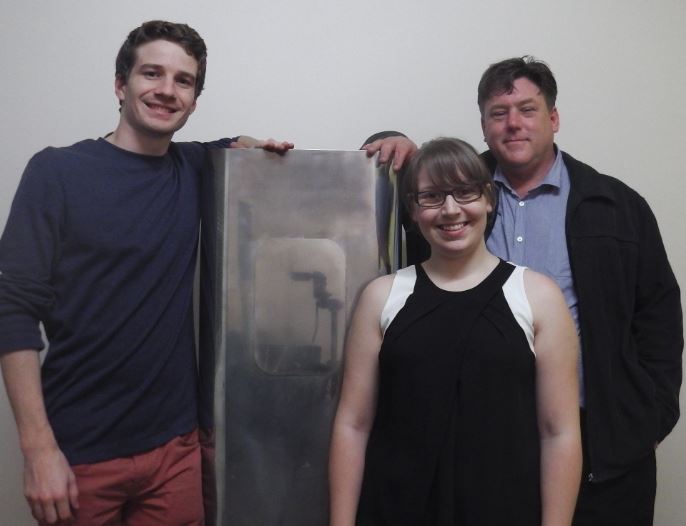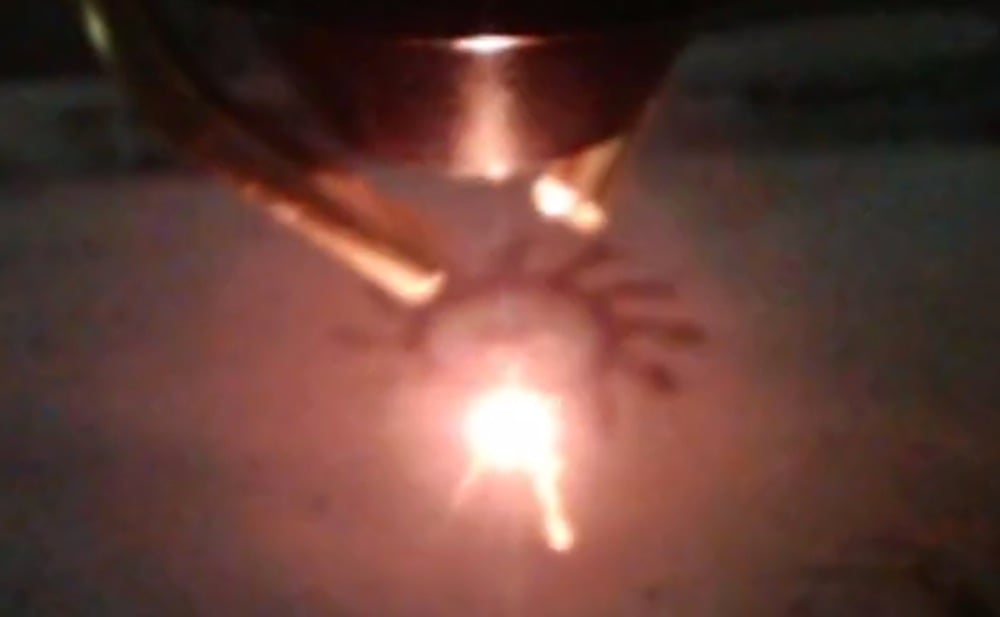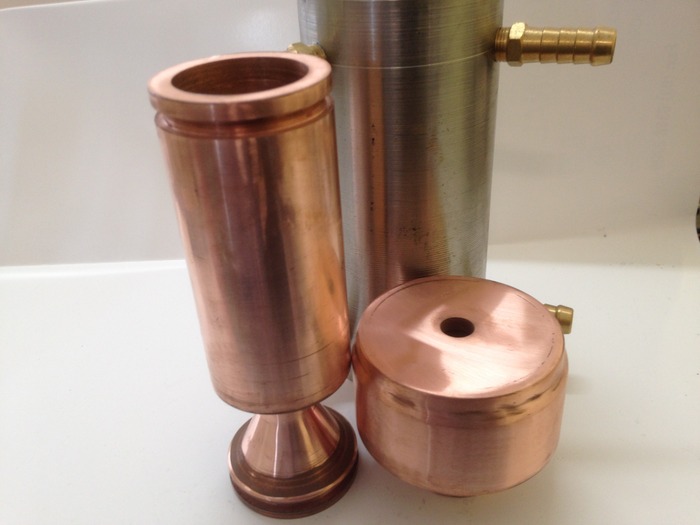On Kickstarter we see the launch of the “S” series of 3D metal printer by Australia-based Aurora Labs.
The family of machines uses a powder-based technique as do some commercial metal printers. Here’s their description of the process:
The control system for the printer feeds power to a motor at a controlled speed, and powder is propelled into the high energy beam. Once fed, it is then melted and fused with substrate – the base material.
It seems this machine has two modes of operation, which is unique. It’s also unique that it can deliver two different metal powders during the same print, suggesting the possibility of creating varying alloys during prints.
Various metal powders can be used in the machines, including: “316 Stainless Steel, 420 Stainless Steel, Inconel 625, Inconel 718, Hastelloy C, Brass, Bronze and Mild Steel”. Evidently the team believes they will eventually print in ceramics and plastic powders as well. Aurora Labs has been able to successfully 3D print small rocket engines, proving the ability of their process.
The S1 is the “consumer-level” version, which includes two powder feeders and a relatively small build volume of 150 x 150 x 200mm. An “S2” model adds a third powder feeder, while the S2+ increases the build volume to 180 x 180 x 500mm. Each machine’s layer resolution is a very tight 0.050mm.
The new machines indeed very affordable, at least compared to its industrial-level metal 3D printing counterparts. The S1, for example, is priced at AUD$4,499 (USD$4,000), which is more than your average personal 3D printer, but vastly less than the USD$100,000 or (much) more you might spend on an industrial metal printer.
The S2 is priced at AUD$5,499 (USD$4,864) and the S2+ is priced at AUD$6,999 (USD$6,190), at least at campaign launch. Expect higher prices later.
Could this be the breakthrough that permits almost anyone to perform their own metal 3D printing? Perhaps, but we have some concerns:
Finishing: 3D printed metal parts are always rough, since the layered approach always introduces a pattern on printed surfaces. As you can see in the image above the sample prints are pretty shiny. These likely have been finished with external equipment. We’re not suggesting the S1 doesn’t print very well, but there is likely a requirement for any operator to have other metal finishing equipment handy.
Safety: Some metal powders can be toxic if inhaled. Because of this, industrial metal printers include significant features to capture airborne contaminants for safety. Some industrial machines are best used with environmental suits in air-controlled rooms. We’re wondering how Aurora Labs will tackle this issue in the design of the machine, particularly if it is targeted at consumers.
Patents: It is possible a company with active patents related to metal 3D printing may feel that Aurora Labs has infringed on their patents. If so, Aurora Labs could have some challenges. We’re wondering if Aurora Labs has made certain its processes are unique. Have they applied for their own patents?
Viability: As the S1 is one of the first true metal 3D printers available at low cost, company and product viability could be a concern for some buyers. Production of such a unique machine will be very challenging, as it will require exploration of dimensions not yet seen by personal 3D printers.
Shipping: Have you looked at the cost of shipping kilos of metal powder across the ocean?
Via Kickstarter and Aurora Labs




